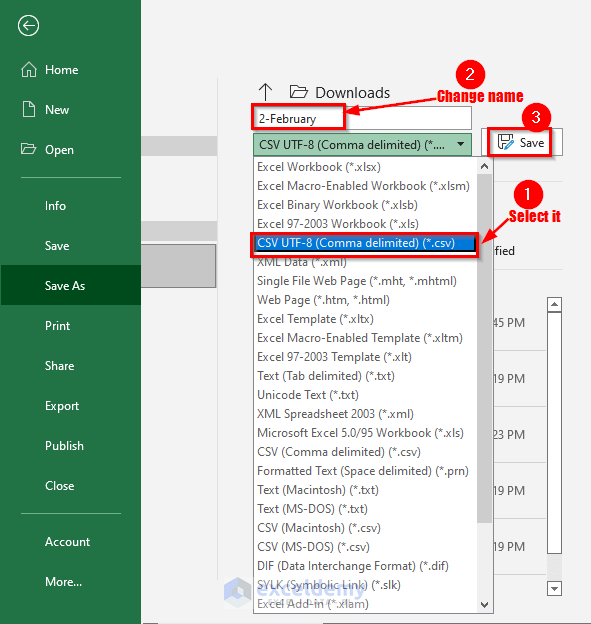5 Ways to Merge Excel Sheets Seamlessly

Merging Excel sheets is an essential skill for anyone who works with large datasets or needs to consolidate information from multiple sources. Whether you're combining data for analysis, reporting, or simply organizing your information better, Excel offers several methods to seamlessly integrate multiple spreadsheets. In this comprehensive guide, we'll explore five effective techniques to merge Excel sheets with ease.
1. Using the Consolidate Tool

The Consolidate tool in Excel is a powerful feature for summarizing and combining data from multiple sheets into one. Here's how you can use it:
- Step 1: Open the workbook where you want to consolidate data.
- Step 2: Select the cell where you want the consolidated data to begin.
- Step 3: Go to the Data tab, then click on Consolidate.
- Step 4: In the Consolidate dialog box:
- Choose the function (e.g., Sum, Count, Average) you want to use for the consolidation.
- Click Add and select the range from the first sheet you wish to include.
- Repeat the addition for all the sheets you want to consolidate.
- Step 5: Check the 'Create links to source data' box if you want your consolidated data to update automatically when the source data changes.
- Step 6: Click OK to finalize the consolidation.
⚠️ Note: This method works best for numeric data; it's less efficient for merging textual data.
2. Using Excel Formulas

Excel formulas provide a dynamic way to link and merge data across sheets. Here are some formulas you can use:
- Using VLOOKUP:
VLOOKUP(lookup_value, table_array, col_index_num, [range_lookup])
This is useful for vertically matching and retrieving data from one column to another. - Using INDEX and MATCH:
INDEX(array, MATCH(lookup_value, lookup_array, [match_type]))
This combination is more versatile and can handle both vertical and horizontal data retrieval. - Using Power Query (Excel 365/2019):
- Navigate to Data > Get Data > From Other Sources > From Excel Workbook.
- Select the sheets you want to merge from the Navigator pane.
- Use the Append Queries feature to combine data from different tables.
💡 Note: Formulas offer dynamic updates which make them ideal for ongoing data manipulation.
3. VBA Macros

For more control over the merging process, especially when dealing with complex scenarios, VBA (Visual Basic for Applications) can be your tool:
- Step 1: Press Alt + F11 to open the VBA editor.
- Step 2: Insert a new module or modify an existing one with the following VBA code: ```vba Sub MergeExcelSheets() Dim ws1 As Worksheet, ws2 As Worksheet Dim LastRow As Long, LastCol As Long Set ws1 = ThisWorkbook.Sheets("Sheet1") Set ws2 = ThisWorkbook.Sheets("Sheet2") 'Find the last used row and column in both sheets LastRow = ws1.Cells(ws1.Rows.Count, "A").End(xlUp).Row LastCol = ws1.Cells(1, ws1.Columns.Count).End(xlToLeft).Column 'Copy and Paste Data ws2.Cells(LastRow + 1, 1).Resize(LastRow, LastCol).Value = ws1.Cells(1, 1).Resize(LastRow, LastCol).Value End Sub ```
🔹 Note: Ensure that you have backup copies of your data before running any VBA script, as macros can't be undone easily.
4. External Tools or Add-ins

For users who are not comfortable with formulas or VBA, there are several add-ins and external tools:
- Excel Merger Add-Ins: Tools like Ablebits' Merge Workbooks, Kutools for Excel, or Professor Excel Tools offer user-friendly interfaces for merging sheets.
- Power Query (Get & Transform): Although part of Excel since 2016, for non-365/2019 users, this can be an add-in that automates data merging and transformation tasks.
🔍 Note: Always review the capabilities and limitations of add-ins before using them on important data.
5. Manual Copy and Paste

While this method is straightforward, it's only suitable for small datasets or when automation isn't feasible:
- Step 1: Open the sheets you want to merge.
- Step 2: Select and copy the data from one sheet.
- Step 3: Navigate to the target sheet and paste the data, preferably into a new column or row to avoid overwriting existing data.
- Step 4: Repeat for all sheets you want to combine.
After exploring these methods, it's evident that merging Excel sheets can be done in several ways, each with its advantages:
- Consolidation is quick for summarizing data but limited in functionality.
- Formulas provide dynamic updates but can be complex for non-advanced users.
- VBA Macros offer high control and automation, albeit with a learning curve.
- External tools and add-ins simplify the process but may require subscriptions or have limitations.
- Manual copy-paste is the simplest approach, though it's tedious for large datasets.
In closing, choose the method that best fits your needs considering factors like dataset size, complexity, update frequency, and your comfort level with Excel. Remember, while merging data can streamline your workflow, maintaining data integrity and consistency remains paramount. Happy merging!
Can I automatically update my consolidated data in Excel?

+
Yes, by using the Consolidate tool with the ‘Create links to source data’ option checked, Excel will update your consolidated data whenever the source data changes.
Is there a way to merge Excel sheets without using VBA?

+
Yes, you can use Excel formulas like VLOOKUP, INDEX/MATCH, or external tools like Power Query or add-ins designed for data merging, which do not require VBA knowledge.
What is the best method for merging large datasets?

+
For large datasets, using Power Query or VBA macros can be efficient as they handle data transformation and merging with less manual effort compared to other methods.
Can I merge data from different versions of Excel?

+
Yes, you can merge data from different versions of Excel, though compatibility issues might arise with macros or add-ins. Ensure all files are saved in a compatible format like .xlsx or .xlsm.
Are there risks in using external tools for merging Excel data?

+
External tools can pose risks such as data security, cost, and potential loss of control over the process. Always ensure you use reputable tools and keep backups of your original data.



